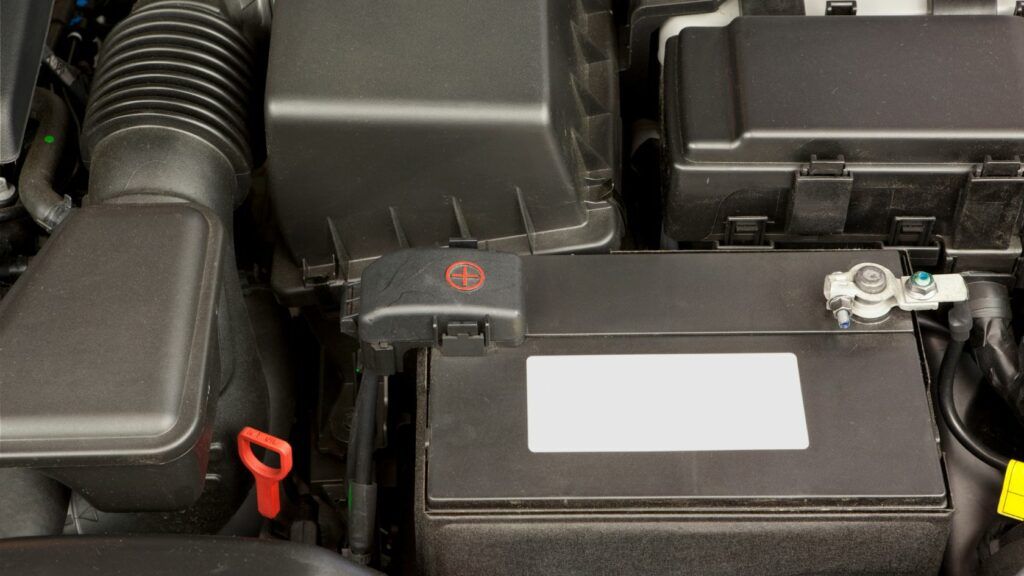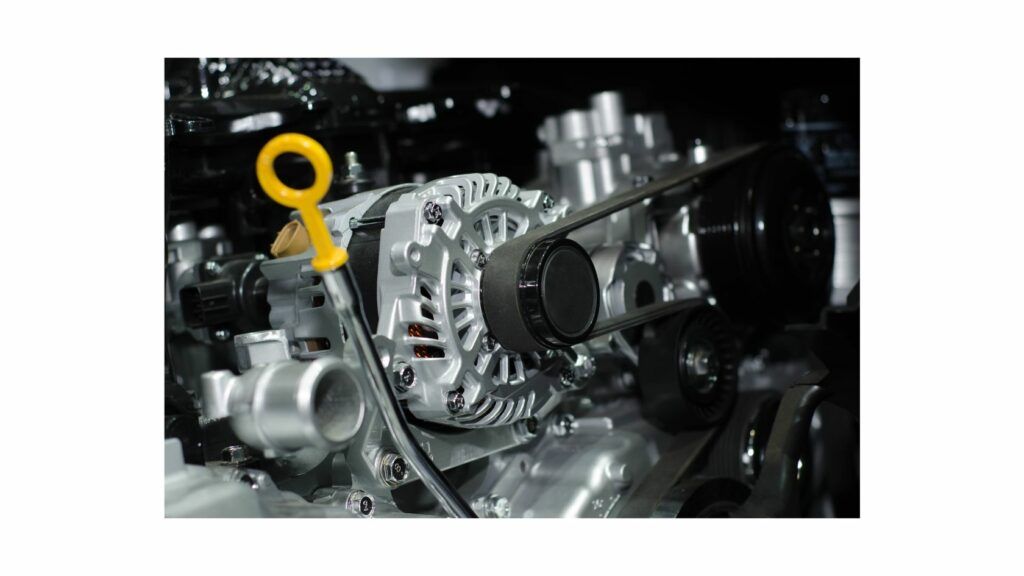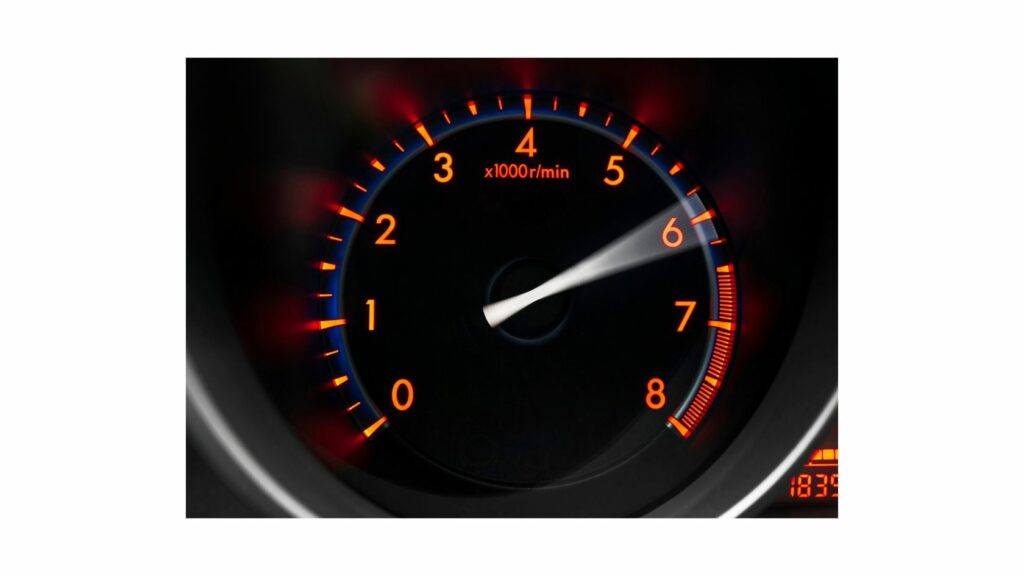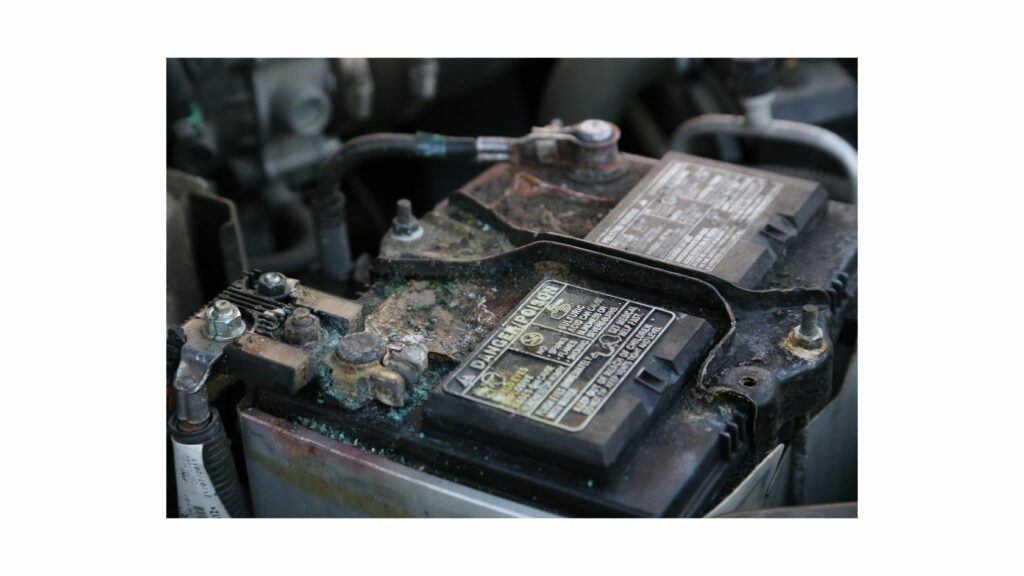
Does a car battery charge itself while driving or does it need a separate charger to get its energy?
As we know all vehicles take some sort of power from batteries to circulate electrical current to different units. But, where does the battery get its power from?
The common impression most drivers perceive is driving the vehicle for a long time to get the battery charged. Is it true? If yes, how long does it take a battery to get fully charged?
These are some of the questions and confusions that you will find answers to in this post. We will also know more about the ‘charger’ that helps keep a vehicle battery charged up all the time.
Does a car battery charge itself while driving?
Yes and no. If you are thinking a car battery is designed to charge itself while driving then ‘no’. Yes, a car battery can charge itself by taking the power from its ‘charger’ called the ‘alternator’.
An alternator is the source of power for charging the battery while the engine is running. Modern cars are equipped with alternators that replaced generators which were common in the older generation cars.
An alternator takes its power to charge the battery and other components of a vehicle from the engine. The length, duration, and speed also play an important part in keeping a vehicle battery charged up.
To learn more about the charging process first, it is imperative to understand…
What is an alternator in vehicles?
An alternator is an electricity generator in automobiles to power different parts and components of a vehicle such as a battery and various electrical accessories.

An alternator is designed to take power from the engine to serve the purpose of electricity generation.
It is therefore necessary to keep the engine running (not driving) to help an alternator convert the mechanical energy into electrical energy from the engine crankshaft.
When this process takes place, DC current is generated to charge the battery.
To summarize, it is the combination of the engine and alternator that works in tandem to keep vehicle batteries running. But, then…
Is it necessary to drive the car to charge its battery?
To some extent, yes. It is not completely necessary to drive a car for battery charging. What’s important is running of the engine. Obviously, you can start your car and rev the engine in the parking lot and keep doing it till the battery is charged.

However, I am quite sure many of us may not like doing this for a long time. It looks awkward generating loud sounds by revving your car engine for a long time just to charge the battery.
A better alternative to this would be traveling a few miles so that the battery gets pumped up again. So…
How long does it take to charge a car battery while driving?
Charging a car battery with driving is subjective to the type of vehicle. Normally, a half an hour’s drive could be enough to make your vehicle battery fruitful. This is considering the speed at which you drive.
It is recommended to run the vehicle at 1000 RPM minimum which generates enough power to charge a battery quickly. The higher the speed, the faster it will charge a battery.
Secondly, while the engine is running an alternator passes on the electricity to all the electrical components and accessories of a car first and then transfers the spare electricity to the battery for charging.
This means if you have a vehicle model equipped with a higher number of accessories that runs on electric energy, battery charging may take longer. This is where the type of vehicle comes into the picture.
If you are looking to save some fuel and time to charge the battery in less time ensure to drive your car without any electric accessories on.
Here is a small video that is helpful in understanding the concept of charging a car battery while driving/idling:
Do you always need to drive or keep your car engine running to charge the battery?
Driving or engine running scenarios are only beneficial when you want to charge your car battery to its maximum capacity with the help of an alternator.
If your car battery is completely drained (dead) you won’t be able to start the engine. To make the batteries active, a charging device or a set of jumper cables is required.
Once the battery is charged/jumped it will start the vehicle which then needs to be kept on for the battery to get fully charged.
It is a scenario similar to charging a mobile wherein you connect the charger to wake the device (in case of a fully drained battery) and keep it connected long enough to attain 100% charging.
How long does a battery remains charged without driving?
Generally, on average a car battery can last anywhere between 1-3 months without driving.
In addition, there are various factors that can contribute to the diminishing power of a car battery. For example, the type of vehicle or the type of battery (power/volts), the age of the battery, temperature, etc.
However, prolonged periods of non-driving/idling can accelerate its discharge rate especially, if there are no efforts made to keep the battery maintained.
Technicians recommend using a battery maintenance device to help keep your vehicle battery charged and healthy if you are not driving your car frequently.
When should a car battery be replaced?
Car batteries typically last from 5-6 years or less. An aging battery reveals several symptoms of replacement that you can sense while using your vehicle.

One of the first signs of a dying battery is a longer duration to start a car. This happens when the battery is not strong enough to hold its charge and struggles to start the engine quickly.
When the car does start after a long hiatus you will notice the dimness in the electrical components and the headlights which means the battery is not supplying sufficient power to these accessories due to weakness.
Related Read: Do cars on fire explode?
Some of the other noticeable symptoms are a clicking noise while turning the key in the ignition, and a rotten eggs type of smell coming from the engine that demands serious attention to the battery.
Jump starting or charging the battery is the best solution during these symptoms nonetheless it is better to replace the battery if you have to perform the recharging act repeatedly.
Tips to maintain a car battery in good condition
Here are some of the tips to maintain your car battery in good condition that may avoid draining and charging scenarios to some extent:
Cleaning – Regular cleaning effort is necessary to maintain a car battery. Make sure to check the battery terminals for corrosion and clean them with a wire brush or a baking soda water solution.
Also, eradicate the dirt and grime from the overall structure of a battery with a rag and baking soda solution.
There are many other cleaning solutions offered in the market that can be used to clean the battery in case you don’t want to use baking soda.
Condition – Keep a check on the tightness and security of battery holders. Regularly inspect the condition of batteries to identify clamps for cracks or any wearing signs appearing on the body.
It is a good idea to have the battery checked by an auto repair shop or a battery professional if the structure of the battery has deficiencies.
Temperature – Weather plays an important part to spoil the way a battery works. Too much heat is never good for a car. Extreme temperatures or direct exposure to sunlight can heat the material inside of batteries.
Ensure to protect the battery from challenging temperatures and let the car and its components cool down during long journeys.
Testing – Testing a battery at regular intervals will help you know its working condition and voltage power. A multimeter can be used to test the battery.
If the voltage is below the recommended levels, initiate a charging process.
Final thoughts
Car batteries are prone to discharge and draining due to various factors. When you detect the symptoms of a battery not performing to its potential it is recommended to diagnose the problem using a charger or jumper cables.
When you find the battery coming back to life, ensure to charge it fully by starting your car and driving it a few miles or at least 30 minutes. This will allow the car battery to charge itself while driving with the help of an alternator.
Precaution is better than cure so ensure the battery is properly maintained all the time. It is recommended to perform timely maintenance of the overall car that will automatically include maintenance of the battery.
Timely maintenance is also instrumental for safe and secure driving which should be the first priority of every car driver.
I hope you have understood the process of battery getting charged while driving by reading this post and are now in a better position to take appropriate charging steps.
